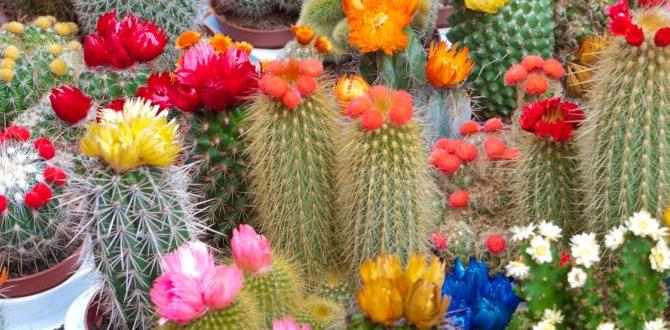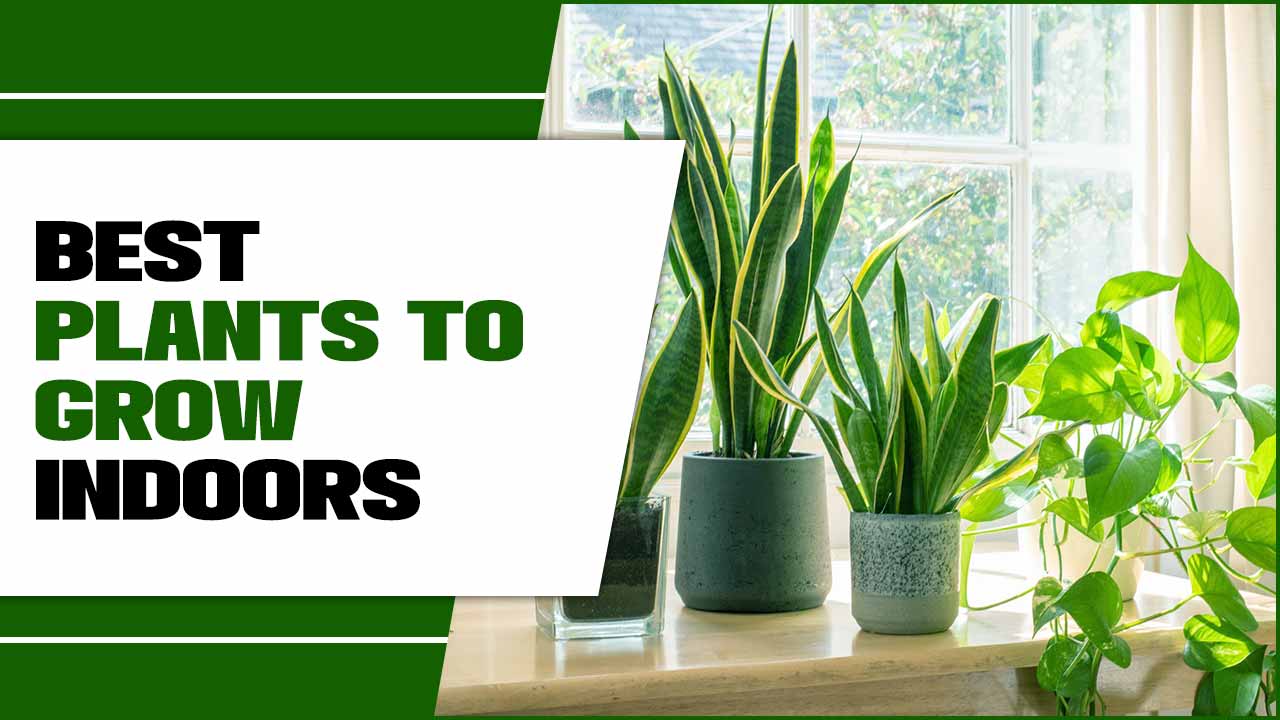Have you ever walked by a garden filled with the sweet scent of lavender? That beautiful purple plant isn’t just pretty; it’s easy to care for outdoors! Caring for a lavender plant means giving it sunshine, water, and the right soil. But how do you do that?
Imagine strolling through a field of lavender, its scent calming your busy mind. Many people love growing this plant because it’s not just lovely. It also attracts butterflies and bees, helping our gardens thrive.
Did you know that lavender can even help you relax? People use it in oils and fragrances. But to enjoy these benefits, you need to learn how to care for a lavender plant outdoors. In this article, we’ll share simple steps to help your lavender bloom beautifully. Are you ready to grow your own lavender garden?
How To Care For Lavender Plant Outdoors: Essential Tips
Caring for lavender outdoors can be simple and rewarding. These fragrant plants thrive in sunny spots and require well-drained soil. Water them sparingly; too much moisture can harm their roots. Pruning lavender in spring helps keep plants healthy. Did you know lavender can attract bees and butterflies? This makes your garden vibrant and lively! By following these easy steps, you can enjoy beautiful blooms and a delightful scent all season long.
Choosing the Right Location
Importance of sunlight for lavender growth. Ideal soil conditions and drainage requirements.
Picking the right spot for your lavender is key. Lavender loves sunlight, soaking up rays for at least 6 to 8 hours a day. Without enough sun, it may sulk like a cat in a rainstorm! Good soil is also important. Lavender prefers sandy or rocky soil with great drainage. If it sits in wet soil too long, its roots can drown. This plant is like a diva; it needs just the right conditions.
| Condition | Ideal Requirement |
|---|---|
| Sunlight | 6-8 hours daily |
| Soil Type | Sandy or rocky |
| Drainage | Excellent |
Soil Preparation
Testing soil pH and amendments needed. Organic matter and nutrients for optimal growth.
Preparing the soil is like making a comfy bed for your lavender plant. First, test the soil’s pH. Lavender loves a pH between 6.5 and 7.5. Add some amendments if it’s too acidic or alkaline. Try mixing in some organic matter like compost. This helps add nutrients your lavender craves. The result? Happy lavender and a garden that smells great! Keep your plants feeling special; they’ll blossom like they’re on vacation!
| Soil pH Range | Action Needed |
|---|---|
| Below 6.5 | Add lime to raise pH |
| 6.5-7.5 | No action needed |
| Above 7.5 | Add sulfur to lower pH |
Planting Lavender
Best planting techniques for lavender. Recommended spacing between plants.
First, choose a sunny spot for your lavender. They love basking in the sun like a cat on a windowsill! When planting, dig holes about 2 feet apart. This gives each plant room to stretch out, just like kids on a playground. Make sure to plant them slightly above the soil level, so they don’t get soggy feet. Quality soil is essential—think of it as their comfy bed! Water gently after planting but avoid overdoing it; lavender prefers a little thirst over drowning.
| Spacing Distance | Soil Type |
|---|---|
| 2 feet apart | Well-drained, sandy soil |
Watering Requirements
Frequency and amount of water needed. Signs of overwatering or underwatering.
Lavender needs special care with water. Water it deeply every two weeks, especially in hot weather. Check your soil; it should be dry before watering again. Signs of overwatering include yellow leaves and root rot. For underwatering, look for wilting or browning leaves. Keeping these signs in mind helps your lavender thrive!
How often should I water lavender?
Water lavender every week to two weeks depending on the heat! In summer, it may need more frequent watering. Make sure to allow the soil to dry out between waterings.
Signs of overwatering or underwatering:
- Overwatering: Yellow leaves and mushy roots.
- Underwatering: Wilting and crispy edges on leaves.
Fertilizing Lavender
Types of fertilizers suitable for lavender. Timing and frequency of fertilization.
To help your lavender thrive, choose the right fertilizer. Organic fertilizers like compost and well-rotted manure work well. Avoid strong chemicals, as they can harm your plant. Fertilize in early spring to give plants a boost. Repeat this every few months during the growing season to keep them healthy.
What types of fertilizers are suitable for lavender?
Use organic options for the best results. Lavender prefers nutrients from natural sources.
Timing and frequency of fertilization:
- Early spring is the best time to fertilize.
- Repeat every 6-8 weeks during the growing season.
With the right care, your lavender will bloom beautifully!
Pest and Disease Management
Common pests that affect lavender. Treatments for diseases and prevention tips.
Lavender plants can sometimes attract a few pesky friends. Common pests include aphids and spider mites. These little troublemakers can suck the life out of your plant faster than a magician makes a rabbit disappear! To keep them at bay, inspect your lavender regularly and wash the leaves with water. You can also use insecticidal soap if those pests refuse to leave.
As for diseases, lavender is prone to fungal infections, especially in damp conditions. An easy way to prevent this is by ensuring good air circulation and avoiding overwatering. Remember, lavender loves the sun and dry soil, not a swimming pool! Don’t forget, a healthy lavender plant is more like a superhero against pests!
| Pest/Disease | Symptoms | Treatment |
|---|---|---|
| Aphids | Curled leaves, sticky residue | Wash with water or use insecticidal soap |
| Spider Mites | Webbing on leaves | Increase humidity or use neem oil |
| Fungal Diseases | Browning leaves, wilting | Improve drainage and avoid overhead watering |
Stay alert for these culprits, and your lavender will be blooming beautifully in no time!
Pruning and Maintenance
Best practices for pruning lavender. Seasonal maintenance tips for healthy plants.
To keep your lavender thriving, pruning is essential. Trim about one-third of the plant each spring. This keeps it bushy and helps prevent woody growth. If you over-prune, it might think it’s on a diet and wilt! After the blooming season in late summer, lightly trim the spent flowers. This encourages new growth and ensures a happy lavender. For healthy plants, water sparingly and provide good drainage. Too much water? Well, that might just make them ‘glum’!
| Season | Task |
|---|---|
| Spring | Prune one-third of the plant |
| Late Summer | Trim spent flowers |
Harvesting Lavender
When and how to harvest lavender. Methods for drying and using lavender.
Timing is key when picking lavender. Harvest the flowers when most buds are open. Usually, this is in late spring or early summer. Cut the stems about 12 inches long. Use sharp scissors for a clean cut. Then, hang bundles upside down in a cool, dark place. This helps them dry well. You can use dried lavender for:
- Making sachets
- Flavoring desserts
- Creating relaxing teas
Lavender adds a lovely smell and taste to many things. Enjoy your harvest!
When is the best time to harvest lavender?
Harvest lavender in late spring or summer with most buds open. This timing allows for the best scent and flavor.
Common Mistakes to Avoid
Overwatering and its consequences. Misunderstanding lavender’s winter care needs.
Taking care of lavender can be tricky. One common mistake is overwatering. Too much water can harm the roots. This can make the plant wilt or even die. Another mistake is not understanding lavender’s winter care needs. Some people think lavender needs extra protection when it snows. In reality, they can handle cold, but good drainage is key.
What happens if you overwater lavender?
If you overwater lavender, the roots drown, leading to rot. This makes the plant weak and unhealthy.
Do lavender plants need protection in winter?
- No, lavender is hardy but needs cold weather drainage.
- Mulch can help protect the roots.
- Make sure water drains well to avoid rotting.
Conclusion
Caring for lavender plants outdoors is easy and rewarding. Make sure they get plenty of sunlight and well-drained soil. Water them regularly but don’t overdo it. Pruning helps them stay healthy and bloom beautifully. By following these simple tips, you can enjoy your lavender plants all season. For more detailed advice, check gardening websites or books! Happy gardening!
FAQs
What Are The Ideal Soil Conditions For Growing Lavender Outdoors?
To grow lavender outdoors, you need sandy or rocky soil. This type of soil helps drain water well. Lavender likes dry conditions, so too much water can hurt it. Make sure the soil is also slightly acidic to neutral. A sunny spot will help the lavender grow strong and healthy!
How Often Should I Water My Lavender Plant, And What Signs Indicate It Needs More Or Less Water?
You should water your lavender plant every two weeks. If the weather is very hot, you might need to water it more often. Look for signs like wilting leaves or dry soil. If the leaves turn yellow, you might be giving it too much water. Make sure the soil dries out between waterings!
What Type Of Sunlight Requirements Does Lavender Need To Thrive In An Outdoor Garden?
Lavender loves sunshine! It needs at least 6 to 8 hours of sunlight every day. So, when you plant lavender in your garden, choose a spot that gets plenty of light. If it doesn’t get enough sun, it might not grow well. So, remember to find a sunny place for your lavender!
When Is The Best Time To Prune Lavender Plants, And What Is The Proper Technique For Pruning?
The best time to prune lavender plants is in early spring. This is when new growth starts. You should use sharp scissors or garden shears. Cut back the stems to about one-third of their height. This helps the plant grow strong and healthy.
How Can I Protect My Outdoor Lavender From Pests And Diseases While Ensuring It Remains Healthy?
To protect your outdoor lavender, you can do a few simple things. First, plant it in a sunny spot with good soil and drainage. Next, water it carefully, giving it enough but not too much water. You can check your lavender regularly for any bugs or signs of sickness. If you find anything, you can remove it by hand or use a gentle soap spray. Keeping your lavender healthy and strong helps it fight off pests and diseases better.







